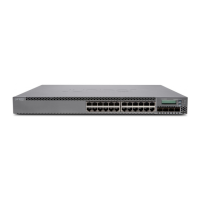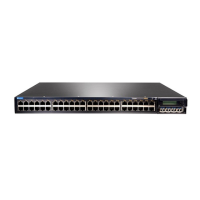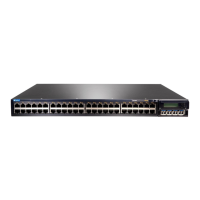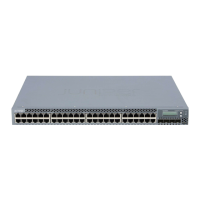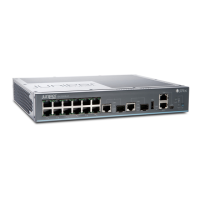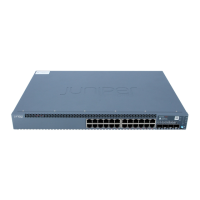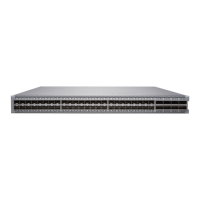•
Help to reduce the window of vulnerability to some security attacks.
Examples of liveness detection protocols include Bidirectional Forwarding Detection
(BFD) for both DHCPv4 and DHCPv6 subscribers, IPv4 Address Resolution Protocol
(ARP) for DHCPv4 subscribers, and IPv6 Neighbor Unreachability Detection for DHCPv6
subscribers.
NOTE: Only BFD for DHCPv4 and DHCPv6 liveness detection is supported.
When configuring BFD liveness detection, keep the following in mind:
•
You can configure DHCPv4 and DHCPv6 liveness detection either globally or per
DHCPv4 or DHCPv6 group.
•
DHCPv4 or DHCPv6 subscriber access clients that do not support BFD are not affected
by the liveness detection configuration. These clients can continue to access the
network (after they are validated) even if BFD liveness detection is enabled on the
router (or switch).
•
When configured, DHCPv4 or DHCPv6 initiates liveness detection checks for clients
that support BFD when those clients enter a bound state.
•
After protocol-specific messages are initiated for a BFD client, they are periodically
sent to the subscriber (or client) IP address of the client and responses to those liveness
detection requests are expected within a configured amount of time.
•
If liveness detection responses are not received from clients that support BFD within
the configured amount of time for a configured number of consecutive attempts, the
liveness detection check is deemed to have failed. A configured failure action to clear
the client binding is applied.
Related
Documentation
Configuring Detection of DHCP Local Server Client Connectivity on page 96•
• Configuring Detection of DHCP Relay or DHCP Relay Proxy Client Connectivity on
page 98
Configuring Detection of DHCP Local Server Client Connectivity
Liveness detection for DHCP subscriber IP sessions or DHCP client IP sessions utilizes an
active liveness detection protocol to institute liveness detection checks for relevant
clients. Clients must respond to liveness detection requests within a specified amount
of time. If the responses are not received within that time for a given number of
consecutive attempts, then the liveness detection check fails and a failure action is
implemented.
NOTE: You can also configure DHCP liveness detection for DHCP relay.
Copyright © 2017, Juniper Networks, Inc.96
DHCP and Other System Services Feature Guide for EX2300, EX3400, and EX4300 Switches

